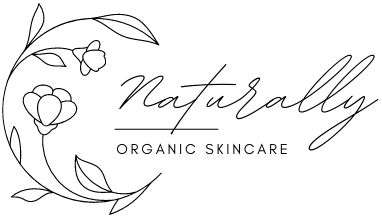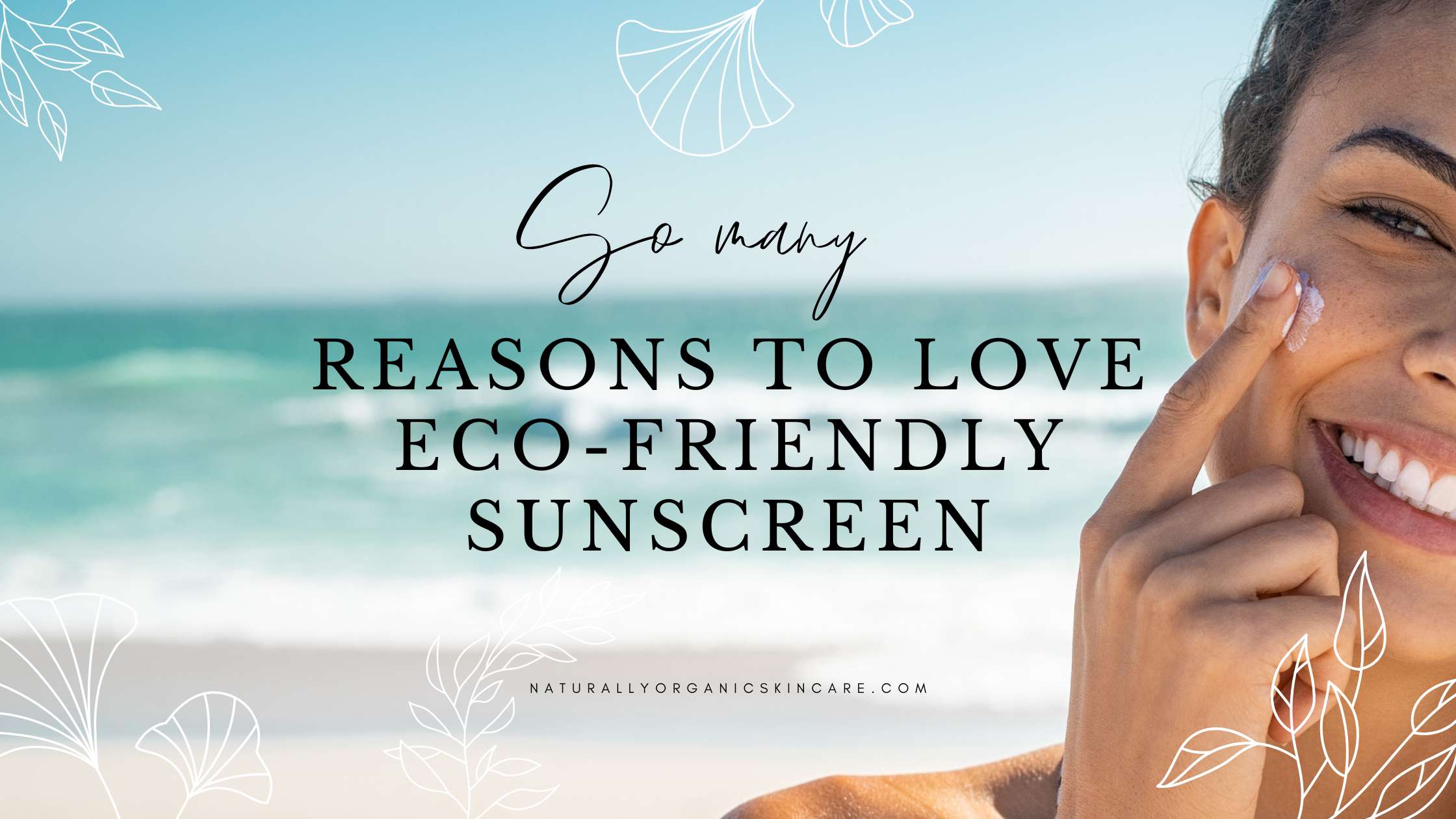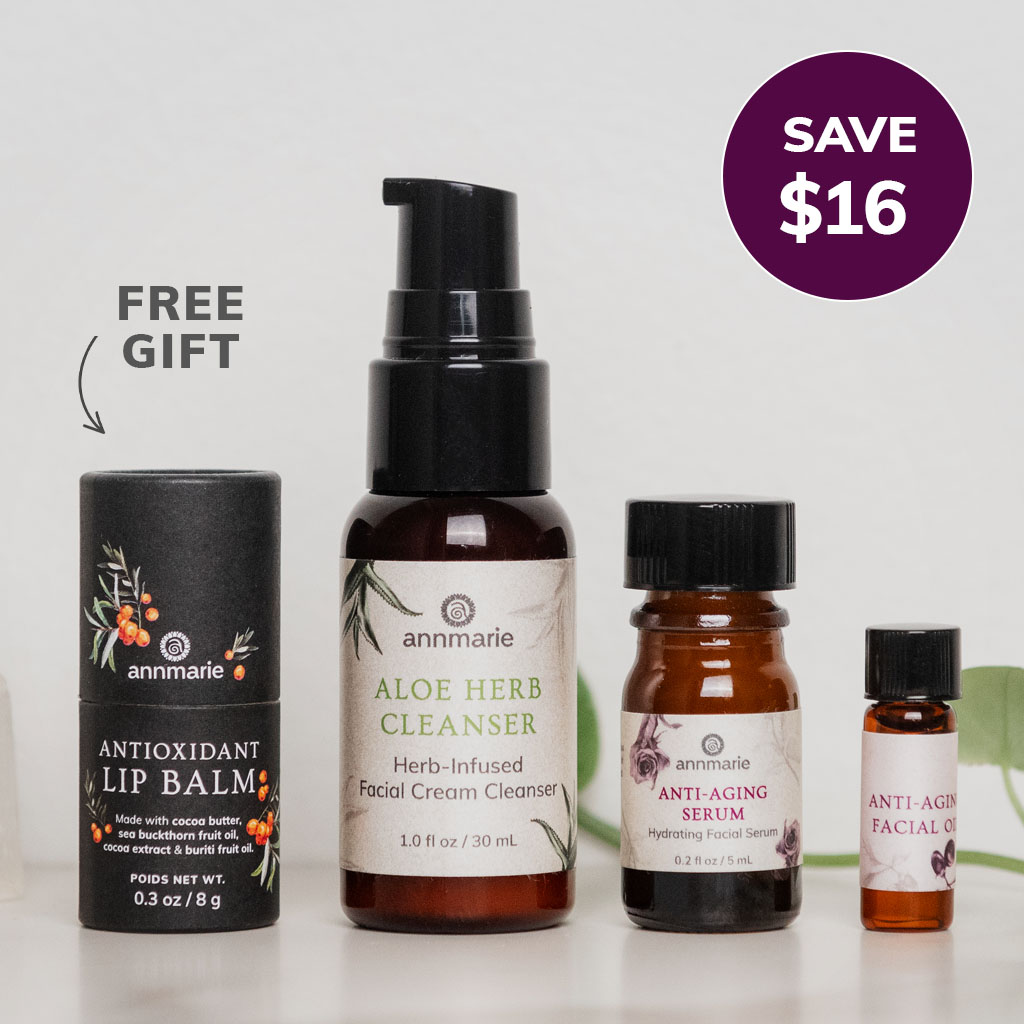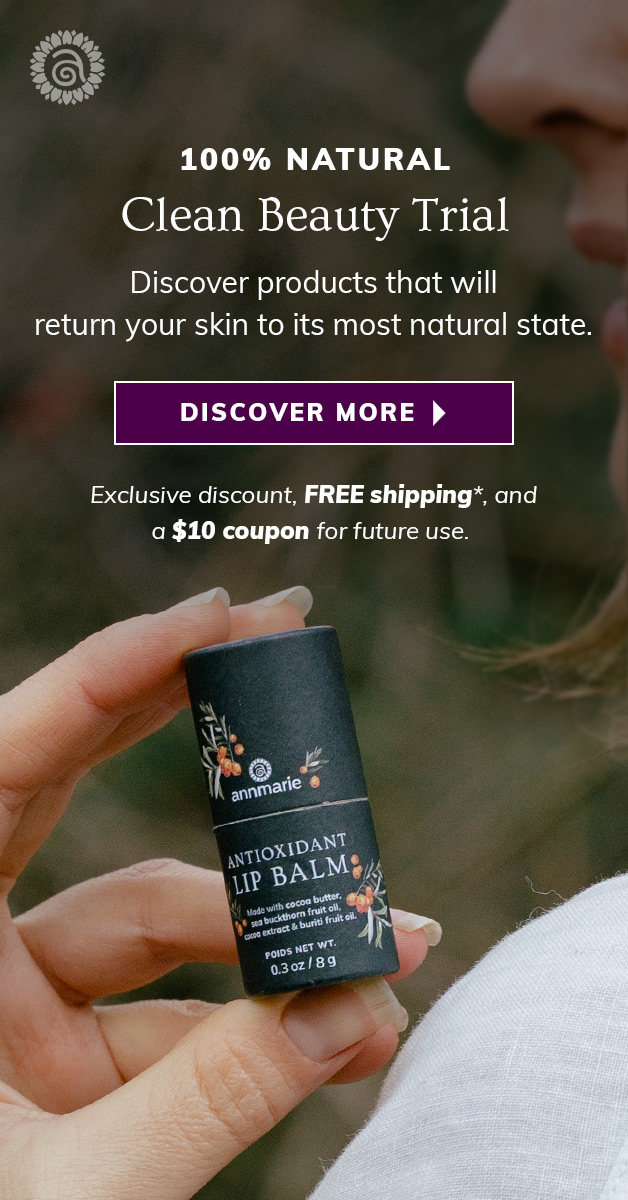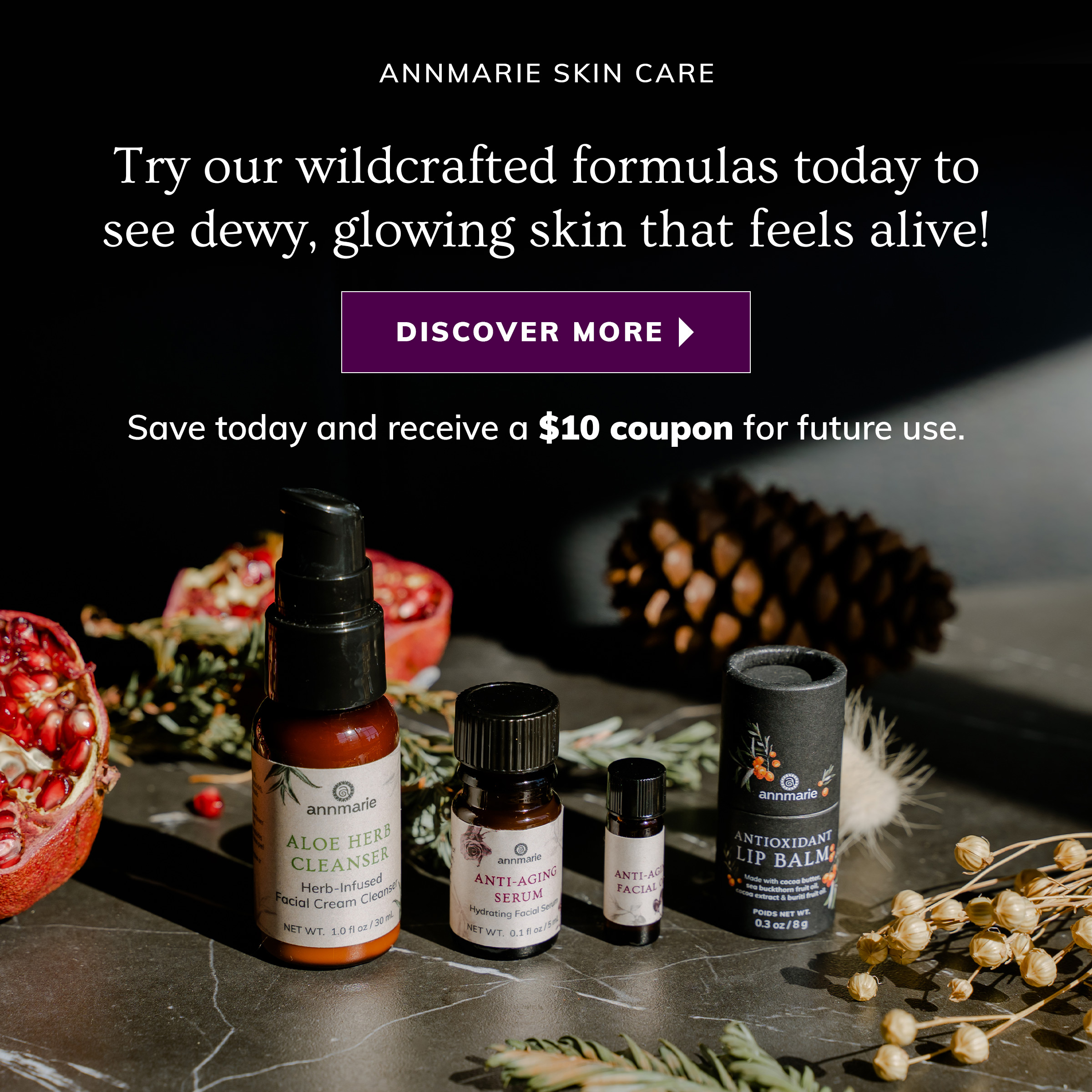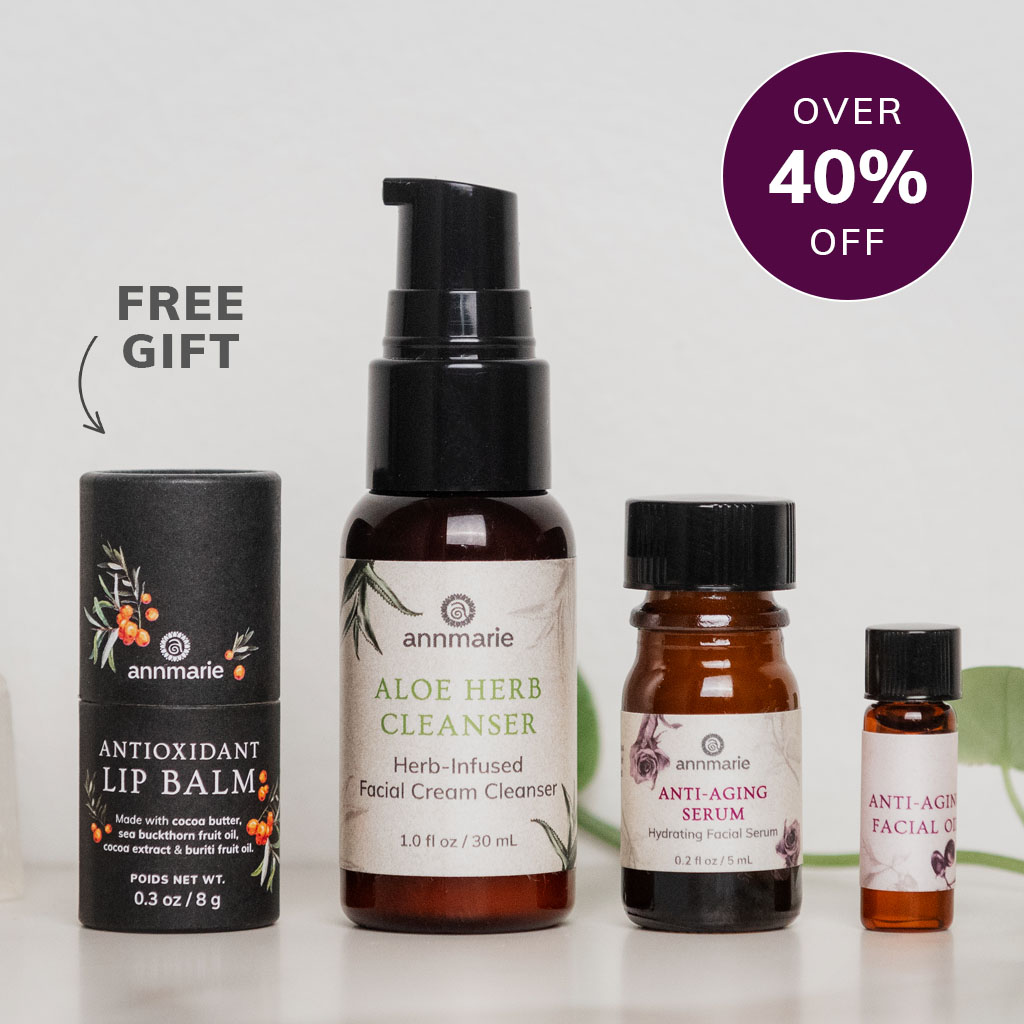Maybe the sun is (about to come) out, or you’re going someplace it usually is. Getting ready to delve into the world of eco-friendly sunscreen, are we?
Woop-woop!
Every application not only shields your skin but contributes to the well-being of our planet.
Perhaps you’ve also heard in the media how an increasing number of locations have now outlawed sunscreen products containing certain chemicals. Looking at you, Key West, Aruba, Bonaire, Palau, the U.S. Virgin Islands, and parts of Mexico.
Not to forget the frontrunner, Hawaii, with its first-ever statewide ban! Oxybenzone and octinoxate are no longer welcome there.
So, before embarking on a trip, it isn’t just handy but necessary to know the best reef-safe sunscreens.
Let’s take a closer look at what all of this eco-conscious chatter means, and which lotions come out on top!
Table of Contents
- What Makes a Sunscreen Eco-Friendly
- Natural Oil as Sunscreen: Yay/Nay?
- Chemical vs. Physical Sunscreen
- Chemical Sunscreen Ingredients
- Main-Stream Sunscreen Brands
- Eco-Friendly Sunscreen Brands
- Quick Reviews & Favorites
- Frequently Asked Questions
- Conclusion: a Healthy Choice for Us & the Planet
What Makes a Sunscreen Eco-Friendly
You’ll notice a lot of different terms flying around in this context. Here are the most common concepts that are often used together. Sometimes their meaning even overlaps, by a little or a lot.
- eco-friendly
- reef-safe
- biodegradable
- cruelty-free
- organic
- all-natural
With sunscreen, as with any product, what matters is what’s in it, and what it’s in. Let’s take a look at what these terms mean for the contents and the packaging of products.
Eco-Friendliness
Eco-friendliness is a blanket term, that refers to the impact of something on the environment and the planet.
Reef-Safe
Reef-safe, on the other hand, is highly specific. Tonnes of sunscreen lotion dissolve into the ocean each year. Scientists have observed the impact of the chemicals contained in sunscreen on ocean life, specifically the health of the coral reef. Products that are free from those particular chemicals are now called reef-safe.
Bio-degradability
That’s fun one for the spelling bee, isn’t it?!
The term bio-degradable might refer to whether the substances in a product are easily broken down as soon as they land in nature. But it could also say something about the product as a whole, including the packaging sunscreen comes in.
The main question is whether your sunscreen adds to the planet’s burden or contain environmentally friendly chemicals and materials?
As a bonus, natural substances are often a healthier choice for our bodies, too.
Biodegradable sunscreen is made with ingredients that break down naturally and do not harm marine life. They typically use mineral-based filters like zinc oxide or titanium dioxide, natural substances that reflect the light and provide broad-spectrum protection against UVA and UVB rays.
With all the talk about how important the oceans are to the Earth’s ecosystem as a whole, it’s important we walk the walk!
Cruelty-Free
Unless you’ve been living under a rock, you’ve likely heard of the cruelty-free trend in cosmetics. Unfortunately, part of the beauty industry still subjects lab animals to horrifying experiments in the name of “beauty” – a practice that seems out of sync with the times.
Sunscreen, however, is a little different. It’s classified by the FDA as an over-the-counter drug rather than a cosmetic. Guess what that means: Yup, bingo! Requiring animal testing.
This also means, given the substantial market share of sunscreen, that this is where you can make an impact! There are numerous humane alternatives to assess product safety without subjecting animals to cruel experiments.
Imagine if more people shifted to cruelty-free options.
The classification of sunscreen as a drug, rather than a cosmetic, is largely a matter of semantics. In Europe, it falls under cosmetics.
Looping back to the previous terms, opting for sunscreen that hasn’t been tested on animals is not only a compassionate choice but also one that happens to overlap with reef-safe practices.
While the other way around it’s not always the case, most reef-safe sunscreen is also cruelty-free. Taking a stance against animal testing and contributing to the protection of marine life, and overall ocean health, how’s that?
Two birds, one stone – and what an awful saying that is but you get the idea.
Organic
Agriculture without the use of pesticides is another hot topic nowadays.
Since natural skincare products contain mostly plant-based ingredients, there is often a choice to be made. To source those ingredients from organic suppliers (where possible) or not.
What does organic sunscreen imply? The minerals zinc oxide and titanium dioxide are simply natural but the plant-based surrounding ingredients those minerals are suspended can be organically sourced.
Sometimes, instead of certified organic ingredients, wild-harvested ingredients are used.
All-Natural
The word ‘natural’ has been used and misused far and wide in marketing. It lost a lot of meaning along the way. It’s not merely that it gets used wrongly on purpose by brands trying to green-wash their products. The term natural is quite vague to begin with.
Maybe the misuse makes sense in that light: if a concept is hard to define, it becomes an open invitation to interpretation.
Shea butter, rosehip oil, and Kaolin clay are natural. Crude oil is technically natural, although it’s stinky, sticky, and messy. Heavily processed crude oil is typically seen as ‘synthetic’, even though the source material has been extracted from the earth.
Common sense is that ‘natural’ refers to substances fairly close to their original state in nature. However, there is no hard line, or definition with legal bearings to fencing in that logic.
I’d almost go so far as to say that natural means what you intuitively think it means, except that greenwashing brands know that and tend to mess with us little there…
Again – there is some overlap with the other concepts in this line-up. The nice thing is that using natural sunscreen ingredients means everyone wins: the environment, animals, and humans.
Natural Oil as Sunscreen: Yay/Nay?
In the quest for a natural sun shield, you might have heard whispers of using substances like carrot oil, raspberry seed oil, or coconut oil. Perhaps even the idea of liberally applying Aloe Vera gel has crossed your mind. After all, these are pure, natural ingredients and, as such, eco-friendly – right?
Hold on there. Before you embrace these hippie-dippie shortcuts, the harsh truth is that they do not offer enough actual SPF to block impact of UV’s. Not even close.
So while oils are as eco-friendly as they come, it’s not a good idea to use them for sun protection.
Your skin deserves broad spectrum protection from the sun’s burning rays, so steer clear of these well-intentioned but ineffective remedies. Whether it’s olive oil, sesame oil, jojoba oil, or avocado oil – none of these natural oils are up to the task of shielding your skin from sun damage. Not essential oils, either. While they may boast a tiny bit of SPF, none of these natural substances can compete with the efficacy of proper sunscreen lotion. Your skin’s well-being deserves more than a wonky shortcut; it needs effective, reliable sunscreen or (in the case of sensitive skin) sunblock.
Consult a dermatologist, and they’ll enlighten you on the inadequacy of such approaches.
Plant oils like raspberry seed oil and strawberry seed oil offer wonderful benefits for skin care, they lack the actual sun protection provided by a quality broad-spectrum sunscreen.
I would like to say if you don’t believe me, try it out for yourself. But maybe, in this case, just take that word… Subjecting your skin to some at-home testing could be painful at best. For better results, let’s scroll down and take a look at the most worthwhile eco-friendly alternatives to mainstream commercial sunscreens!
Chemical vs. Physical Sunscreen
In essence, chemical sunscreens absorb UV rays and transform them into heat, while physical sunscreens create a barrier, deflecting and scattering the rays.
Chemical Sunscreens: The Absorbers
Chemical sunscreens excel at absorbing UV radiation. Key organic compounds like avobenzone and octocrylene step in, soaking up the UV rays and preventing them from penetrating deeper into your skin. The absorbed rays are then converted into heat, a process that ensures the potential harm is released harmlessly from your skin.
Physical Sunscreens: The Deflectors
Physical sunscreens, or mineral sunscreens, utilize minerals such as zinc oxide or titanium dioxide to establish a robust physical barrier on your skin. These minerals act as shields, reflecting and scattering UV rays away from your skin’s surface. It’s akin to having a protective layer that efficiently deflects the harmful rays, safeguarding your skin.
These formulations ingeniously combine vegetable oils, extracts, and soothing elements like shea butter with natural minerals, forming a protective physical barrier on our skin. Often termed mineral sunscreens, they rely on minerals like titanium dioxide or non-nano zinc oxide. These minerals, sitting atop the skin, earn the title of physical sunscreen lotion by simply reflecting the sun’s rays.
Chemical Sunscreen Ingredients
Contrastingly, conventional sunscreens often turn to chemical ingredients rather than physical barriers to ward off harmful UV rays.
Wondering how chemical sunscreens operate?
Let’s simplify it for non-chemists: chemical sunscreen absorbs into the skin, captures UV rays, transforms them into heat, and releases them from the body. Active ingredients like avobenzone, octinoxate, and oxybenzone feature prominently in chemical sunscreens. On the flip side, physical sunblock rests on the skin’s surface, reflecting the sun’s rays.
These are the most common chemical sunscreen ingredients:
Avobenzone
- Description: Avobenzone is a chemical sunscreen agent designed to absorb UVA rays, the longer wavelength ultraviolet radiation. It undergoes a chemical reaction upon exposure to UVA, converting the absorbed energy into less harmful heat.
- Function: As a UVA absorber, avobenzone provides effective protection against the rays responsible for premature aging. It’s often a key component in broad-spectrum sunscreens.
Octocrylene
- Description: Octocrylene is a synthetic compound used as a chemical filter in sunscreens. Its primary function is to absorb UVB rays and, to a lesser extent, UVA rays. Octocrylene contributes to the stability of sunscreen formulations.
- Function: By absorbing UVB radiation, octocrylene aids in preventing sunburn and skin damage caused by shorter wavelength ultraviolet rays.
Oxybenzone
- Description: Oxybenzone is a chemical UV filter that absorbs both UVA and UVB rays. It undergoes a chemical reaction upon UV exposure, converting the absorbed rays into heat.
- Function: Due to its broad-spectrum absorption capabilities, oxybenzone is commonly included in sunscreens. However, its environmental impact, particularly its association with coral bleaching, has raised concerns.
Octinoxate
- Description: Octinoxate, or octyl methoxycinnamate, is a chemical compound used in sunscreens primarily to absorb UVB rays. It undergoes a photochemical reaction to dissipate absorbed UV radiation.
- Function: Octinoxate contributes to preventing sunburn by absorbing the shorter wavelength UVB rays. Like oxybenzone, it has faced scrutiny for potential environmental impact, leading to regulatory restrictions.
While the last two are officially in hot water for their impact on the environment, the first two you may find in many products, even the so-called more natural brands. They are often used in combination with zinc oxide and titanium oxide.
These sunscreen ingredients – avobenzone, octocrylene, oxybenzone, and octinoxate – are generally considered safe for short-term use with minimal irritation reported, but concerns arise regarding their potential long-term impact on human health.
Limited studies have explored the extended use of these ingredients, and ongoing research is crucial to comprehensively understand any effects over extended periods.
Some compounds, like oxybenzone and octinoxate, have drawn attention for potential hormone-disrupting properties, emphasizing the need for continued investigation into the safety of long-term exposure.
Individuals with skin sensitivities should remain vigilant, and the scientific community will play a vital role in providing clarity on these concerns.
In a nutshell: direct sunlight contributes to skin cancer. Traditional sunscreens may neutralize UV rays, but recent revelations suggest the process might pose a skin cancer risk. Venturing into the world of reef-safe sunscreens may not just safeguard marine ecosystems but also protect your skin.
Main-Stream Sunscreen Brands
I bet we can all effortlessly rattle off at least five well-known sunscreen brands. Unfortunately, the majority, if not all, of these brands engage in some form of animal testing.
Considering the vast market dominance of these companies, there’s a need for change in the realm of cruelty-free sunscreen and sunblock. Many of the seemingly diverse brands on the shelves are nothing more than labels under the umbrella of larger conglomerates. As a guideline, animal lovers should be prepared to boycott anything owned by Unilever, Proctor & Gamble, Coty, or Johnson & Johnson.
Some of the widely recognized sunscreens that fall short in terms of cruelty-free practices include:
- Aveeno
- Banana Boat
- Coppertone
- Dermalogica
- Hawaiian Tropic
- La Roche-Posay
- L’Oreal
- Neutrogena
- Nivea
However, if you’re concerned that transitioning to cruelty-free options will limit your choices, brace yourself for a pleasant surprise!
Here’s an extensive list of cruelty-free sunscreen brands that also prioritize reef-safe practices, with many incorporating natural ingredients. We’ll delve into my personal favorites later, including the coveted “editor’s picks,” as well as options suitable for various ages and activities.
Whether you’re gearing up for an action-packed day filled with water, sand, and buckets of sweat or aiming to radiate effortless fabulousness while doing nothing, rest assured – there’s a perfect natural sunscreen or sunblock for every occasion.
Eco-Friendly Sunscreen Brands
While I haven’t meticulously counted them, the sheer abundance of mineral-based sunscreens might just outnumber their conventional counterparts!
Some, like Alba Botanica, Aubrey Organics, Pacifica, and ‘Yes to,’ are well-established names in the natural skincare arena, often found in department stores. On the flip side, there are lesser-known “indie” brands like 3rdRock, Sunumbra, Annmarie Gianni, or Beauty by Earth, which are a rare sight on physical shelves but can be easily discovered online. Give them a chance, and you’ll likely be pleasantly surprised.
The eco-friendly sunscreen market isn’t just vast; it’s also brimming with specialty products. Whether you seek protection for your face, body, a beach day, daily wear under makeup, or an afternoon in the park – whether you desire a tint that doubles as foundation, a tenacious formula for a sweaty hike or surf session, a gentle option for the little ones, an affordable choice for everyday use, or an exclusive product with anti-aging benefits – it’s all there.
Here’s a list of 25 eco-friendly sunscreen brands, each offering something unique:
- Acure
- Alba Botanica
- All Good
- Annmarie Gianni
- Arbonne
- Aubrey Organics
- Babo Botanicals
- Badger
- Beauty by Earth
- Honest Company
- Jason
- John Masters
- Juice Beauty
- Kate Somerville
- Kiss my Face
- Mad Hippie
- MyChelle Dermaceuticals
- Nature’s Gate
- Ocean Potion
- Pacifica
- 100% Pure
- 3rd Rock Essentials
- Suntegrity
- SunUmbra
- Tarte
- Yes to Cucumbers
So there you go!
Even when you’re aiming to save both your skin, the coral, and the planet, there are tons of sunscreen products to choose from! These brands do not include those toxic ingredients that pose a threat to the marine environment.
Their SPF rating varies immensely, which means you’ll easily find the appropriate strength of reef-friendly sunscreen for your skin type.
Quick Reviews & Favorites
It wouldn’t be right to gush about the best eco-friendly sunscreens without including some concrete examples of products I’ve used myself.
Especially since the road to finding your favorites can be a bit rocky, aye?! Do I know it – and you probably do, too!
I’ve had my fair share of icky, sticky, white-casting mishaps. What can we say, even in the realm of natural mineral sunscreen, certain brands and products are (so much!) better than others.
Which is why tips from a friend are gold. Even if it’s a very distant, digital acquaintance like me.
Below, we’ll discuss various types of sunscreen, such as for the face, for the body, in spray or stick form for easy application, and brands with above average water resistance that are best for swimming and sports.
There’s no such thing as the overall best eco-friendly sunscreen, but rather the right sunscreen for the occasion.
Annmarie Gianni
Annmarie Gianni Sun Love is a lovely facial sunscreen for everyday use. It’s “only” SPF 20 but packs a punch. It is completely natural, and many of the ingredients are organic or wild-harvested. This sunscreen has a beige tint, which can be a good or a bad thing depending on your personal preference. It gives my face a really nice, even tone without the need for foundation.
If you’re roughing it with water sports or play, the stuff that requires regular applications, I’d recommend something cheaper. When you want protection to go hand-in-hand with ‘looking the part’, this one’s an excellent choice.
Babo Botanicals
Babo Botanicals Daily Sheer Sunscreen (Extra Sensitive for Face) SPF 40 is another favorite product. It goes on slightly white, but when you’re done spreading it out, the whiteness is totally gone.
I initially got this one for my baby, but I end up grabbing it a lot to protect my own face, too. Babo’s facial sunscreen is not greasy at all. Give it a minute to dry after application, and you’ll see how it totally disappears.
Babo Botanicals is a brand that specifically has babies and small children in mind. It was my baby’s first sunscreen because of its natural and gentle ingredients, sheer/clear coverage, and high SPF. Once more swimming and splashing water are happening, it may be time to switch to something more sturdy but that depends on one’s skin type.
The whiteness dissipates almost entirely a few minutes after application, which makes Sun Love a good fit for most skin tones and skin types. I love how luscious and moisturized it makes my skin feel and it feels super nice, even on sensitive skin.
SunUmbra
SunUmbra sunscreen also does very well as a facial sunscreen. Anyone of the series would work, but you could try the classic with its beige tint, or the daily for (invisible) medium-high protection.
Speaking of which: protection-wise, SunUmbra is a beast. Coming from someone who gets sunburned on the way to the mailbox, that means a lot! I’ve used it on hikes, outdoor activities, and long walks. It has impressive staying power while being the absolute cleanest sunscreen (free of toxins) you’ll find. The combination of those two crucial things makes SunUmbra a definite winner. The generous tube lasts a very long time, too.
Sunumbra is a cruelty-free sunscreen for the face, the body, or both. It protects really well, isn’t the least intimidated by sweat or water, and is very natural.
Sunumbra even has a “kids version”, which stays in place better than most other sunscreens. Either one of the Sunumbra series (kids, family, face, regular) shouldn’t disappoint and they can certainly be used interchangeably.
This is the most water-resistant sunscreen I’ve found, it is seriously tenacious which is great news for little and big kids who love the outdoors (and their worried caretakers). It will probably take an additional scrub in the tub to wash off properly but the peace of mind is well worth it.
Alba Botanica
Alba Botanica has both products made with chemical and mineral sunscreen ingredients. It is a very popular and, as such, accessible choice.
Unfortunately, I’m not super positive about the Alba sunscreens I’ve tried. Neither are the reviewers of this spray. Take Alba’s very emollient facial sunscreen, for example. Sure, it was a good sunscreen. It also made my eyes tear and sting every single time. Demoted from the face to the body, it worked fine, as long as I didn’t accidentally rub my eyes.
However, I do love them as a brand and would try their other sun products. When you need something right away (any sunscreen trumps no sunscreen!), Alba is a cruelty-free brand you’ll find on the shelves of many stores, from health food stores to supermarkets.
Online, find Alba on Amazon at competitive prices.
Blue Lizard
Blue Lizard is an Aussie brand – and if anyone know sun and beach-worthy protection it’s those surfers down under! I haven’t seen a product rated this highly on Amazon in as long as I can remember, so they must have really aced whatever is in this bottle.
And not just in the bottle – the packaging itself is a winner as it changes color to show what the current UV exposure is. Nifty, right?
Now I have yet to try this one out but what people like most about the lotion is that it protects (their kids) very well, and comes off at the end of the day without too much trouble.
Blue Lizard comes in the form of lotion, cream ,spray or sunscreen stick. Ingredients are not as natural as the other brands mentioned here. The only reason I’ve added it is because it is so highly rated.
If you…
- feel like eliminating the trial and error
- are happy to settle for an easy-to-use sunscreen that is generally reef-safe (though not necessarily organic, all-natural, or biodegradable)
- enjoy the convenience of ordering online, from the largest supplier in the world…
In that case, this one is worth checking out.
Frequently Asked Questions
What is the Sun Protection Factor (SPF), exactly?
SPF stands for Sun Protection Factor. To break down how it’s calculated: if your skin normally withstands ten minutes in the sun before burning, applying an SPF 15 sunscreen multiplies that duration by fifteen. So, with SPF 15, you should theoretically enjoy 150 minutes in the sun before facing the risk of burning.
How much sunscreen is ‘enough’?
A 2016 study on human volunteers revealed that many sunscreens may fall short of their advertised SPF. Among the tested brands, La Roche Posay’s Anthelios performed exceptionally well. Notably, two cruelty-free sunscreens, Trader Joe’s Spray SPF 50 and Ocean Potion Protect & Nourish SPF 30, made the ‘recommended’ list. Mineral sunscreens, although potentially less likely to meet their SPF claim, are my preferred type due to their gentler nature.
How much SPF do you really need?
To match the SPF on the bottle, you should apply the amount of sunscreen used in official calculations. As an easier gauge, approximately a quarter teaspoon is needed to cover the face adequately. It’s crucial to recognize that we often apply less sunscreen than required, leading to a lower effective SPF.
How do SPF values relate to each other?
Imagine SPF values as a curve – the difference in protection between SPF 10 and SPF 30 is more significant than between SPF 30 and SPF 50. While SPF 50 offers significantly more protection than SPF 10, the difference between higher SPFs diminishes. For most people, SPF between 30 and 50 is an excellent choice.
What is the difference between UVA rays and UVB rays?
The difference is straightforward: Ultraviolet A (UVA) rays, with a longer wavelength, contribute to premature aging, while Ultraviolet B (UVB) rays, with a shorter wavelength, are responsible for skin burning. A broad spectrum sunscreen protects against both UVA and UVB radiation.
Conclusion: a Healthy Choice for Us & the Planet
In our sun-soaked journey through the world of sun protection, we’ve uncovered the undeniable importance of choosing eco-friendly sunscreen alternatives.
The initial misconception that singular oils or natural substances could replace traditional sunscreen has been debunked, highlighting the need for comprehensive protection against the sun’s harmful rays.
The shift towards eco-friendly sunscreen is not just a personal choice; it’s a collective responsibility. Traditional sunscreens, often laden with harmful chemicals and tested on animals, pose risks not only to our skin but also to marine ecosystems and aquatic life, especially the fragile coral reefs.
Our exploration led us to a vast array of cruelty-free and reef-safe sunscreen brand. Shifting to eco-friendly sunscreen won’t limit your choices – quite the contrary!
From established names like Alba Botanica to lesser-known indie brands like Sunumbra, the market of clean & green sun protection is truly huge, with options for all ages, activities, needs and preferences.
Understanding the intricacies of sunscreen application, SPF values, and the difference between UVA and UVB rays is crucial. While protective clothing and minimizing sun exposure remain essential, the availability of effective and ethical sunscreen choices ensures that we can enjoy the sun responsibly.
